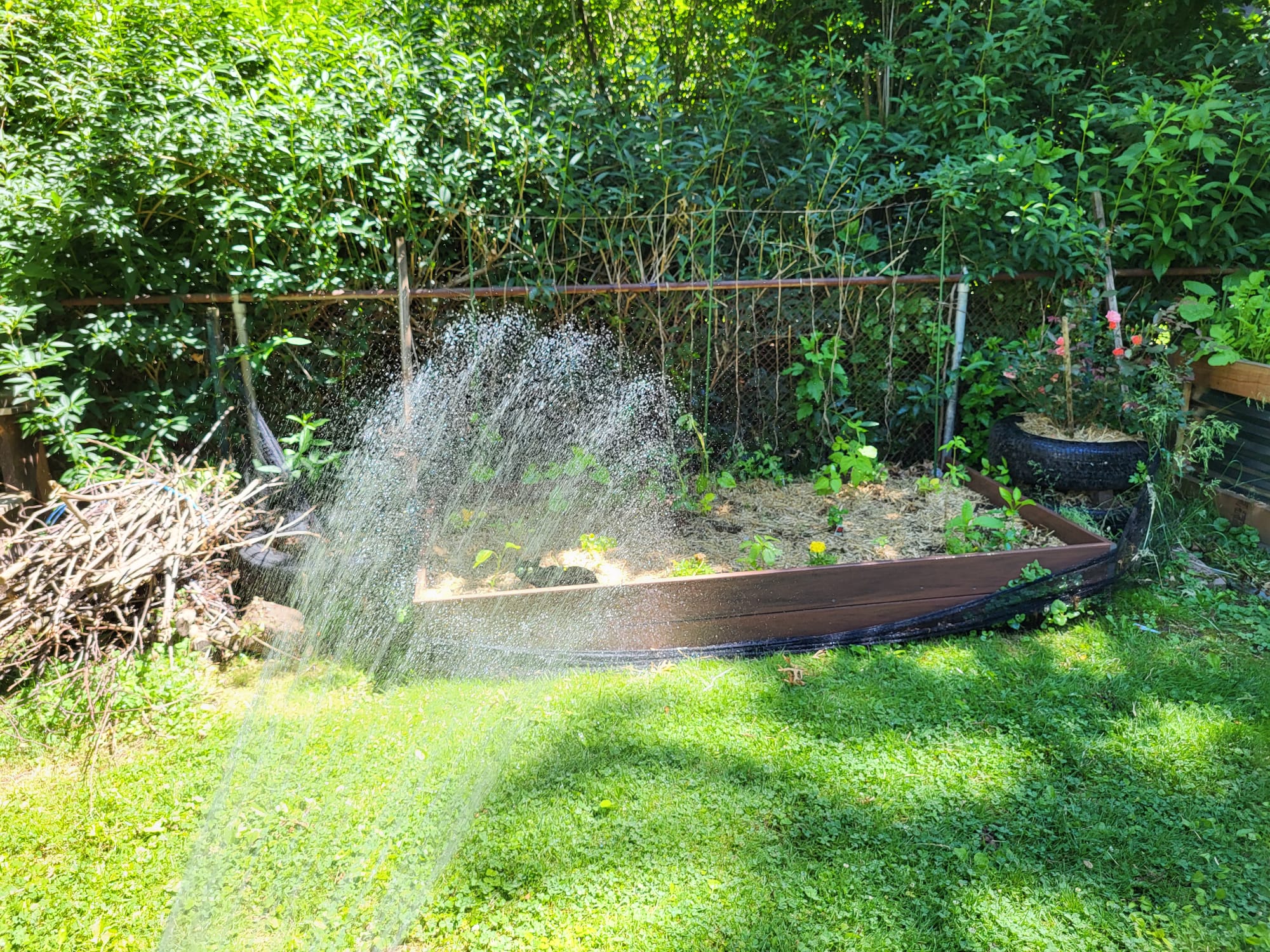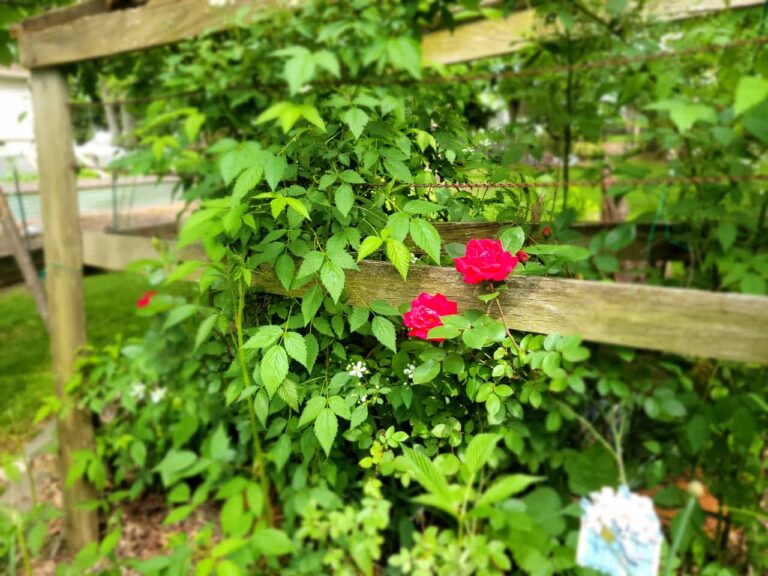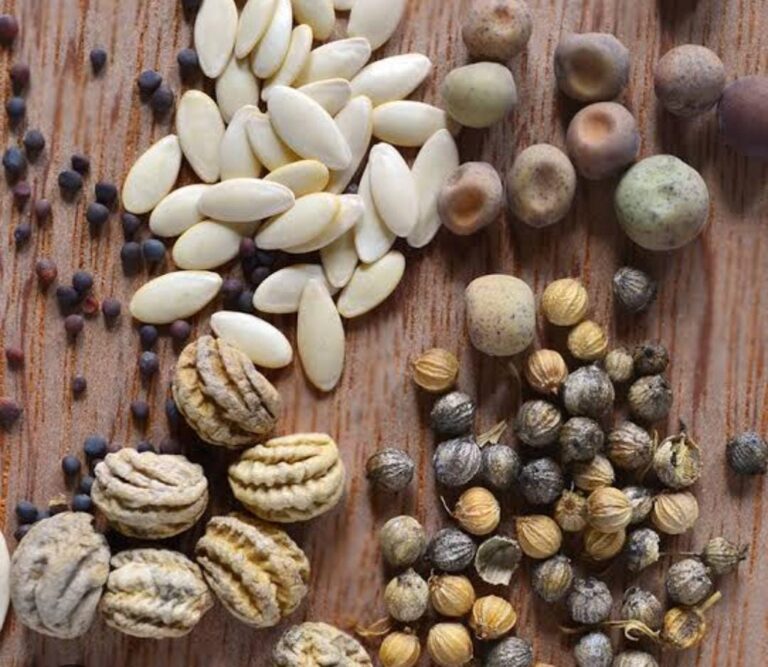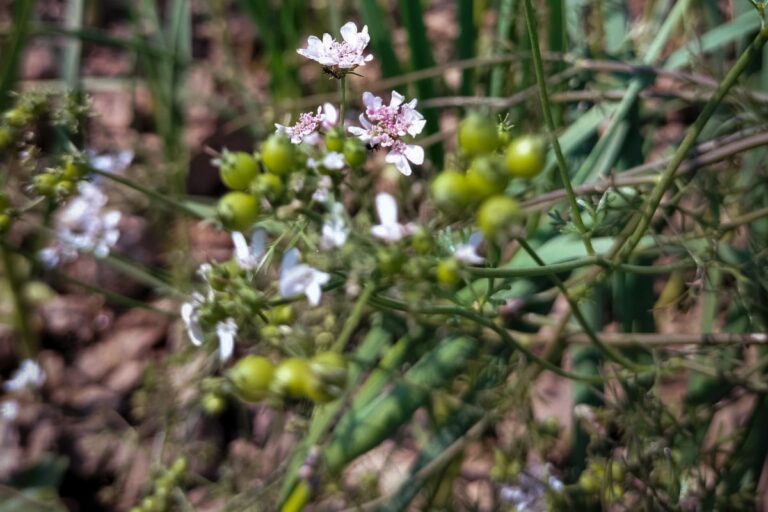Grass Seed: Grow Your Paradise in 6 Exclusive Steps
Introduction
Grass seed is the unsung hero of front or backyard gardening, providing the groundwork for the lush, green lawns that many homeowners yearn for. While it may appear simple, understanding the science behind grass seed and how to utilize it properly can make all the difference in having a successful garden. Let’s have a look at different varieties of grass seed, as well as how to use them and assure optimal development.
Anatomy of Grass Seed
Grass seed is the seed of numerous grass species grown for lawns, landscaping, and even erosion control. Each small seed contains the ability to grow into a complete blade of grass, contributing to the lush carpet of greens associated with healthy lawns. These seeds are available in several variants, each matched to various climates, soil types, and functional requirements.
Types of Grass Seed

The variety of grass seeds can be daunting, but it comes down to two major categories:
1. Cool-Season Grasses
Cool-season grasses are an intriguing collection of plants that thrive in regions with mild summers and frigid winters. They are well-known for their capacity to remain green and actively grow during the cooler months, which normally range from 60 to 75°F. This makes them ideal for northern regions or those with distinct spring and fall seasons.

The most prevalent cool-season grasses are Kentucky bluegrass, perennial ryegrass, and fine or tall fescue. Each has distinct strengths: Kentucky bluegrass provides thick, dense turf and self-repairing properties, whereas perennial ryegrass develops quickly and resists wear, making it suitable for high-traffic lawns. Fescues, on the other hand, are adaptable and can withstand shade and drought better than others.
The growth pattern of these grasses contributes to their success in cool temperatures. They photosynthesize and store energy efficiently in mild temperatures, but go dormant or slow down when the temperature rises or falls dramatically. Gardeners should expect a healthy grass in the spring and fall, however it may need extra care to withstand scorching summers.

When planting cool-season grasses, timing is critical. Early fall is best for allowing seeds to establish before winter for that matter. Cool-season grasses are a reliable choice for a healthy, green lawn, whether it’s in the home or on a sports field.
2. Warm-Season Grasses
Warm-season grasses thrive in hot and humid conditions, with temperatures rising between 75 and 90 degrees Fahrenheit during the growing season. These grasses are well-known for their high heat tolerance and capacity to survive in the hot summer sun, making them attractive in southern and tropical climates.
Some of the most prevalent warm-season grass species are Bermuda grass, zoysia grass, and St. Augustine grass. Bermuda grass is well-known for its toughness and fast growth, making it excellent for sports fields and high-traffic areas. Zoysia grass, on the other hand, grows slowly yet produces a dense, weed-free turf. St. Augustine grass is well-known for its broad blades and ability to thrive in sandy coastal soils.
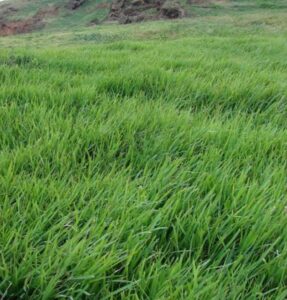
Warm-season grasses grow most vigorously in late spring and summer, then go dormant when temperatures drop in the fall and winter. They conserve water and are frequently more drought-tolerant than their cool-season relatives. This makes them an easy-to-maintain solution for locations prone to dry spells.
Warm-season grasses should be planted in late spring or early summer, when soil temperatures are at their warmest. With proper maintenance, they provide a lush, colorful lawn that withstands summer temperatures.
The Science Behind Grass Seed Growth
Every grass seed has an embryo, a food reserve, and a protective outer shell. When you plant grass seed, the amazing process of germination begins. Germination happens when the seed collects water, expands, and the embryo begins to grow. Key factors that influence this process include:
- Water: One of the most required elements is water. It is required for enzyme activation and proliferation to occur
- Temperature: Cool-season seeds sprout best between 60 and 75°F, but warm-season cultivars prefer 75 to 90°F
- Oxygen: Required for cellular respiration as the embryo develops
- Light: Some seeds sprout better in the dark, while others benefit from light. Always check the specifications for your grass seed kind
How to Choose the Right Grass Seed
Choosing the right grass seed requires taking into account the specific conditions of your garden. Here are some crucial variables to consider:
- Climate: Understand your region’s temperature patterns before deciding between cool-season and warm-season types
- Sunlight: For shaded regions, choose shade-tolerant grasses such as fine fescues. Sunny areas are ideal for species such as Bermuda grass
- Soil Type: Perform a soil test to evaluate pH and nutrient levels. Tall fescue tolerates clay soils, but ryegrass favors well-drained, sandy soils
- Lawn Use: Tough kinds like perennial ryegrass are best for high-traffic lawns, although ornamental lawns might be more beautiful
Steps to Planting Grass Seed Successfully
Growing a grass from seed needs meticulous planning and attention to detail. Follow these steps to get the best results:
- Prepare the Soil: Begin by removing weeds, pebbles, and rubbish. Loosen the topsoil to a depth of 2-3 inches and add compost as needed to boost fertility
- Level the Ground: Make sure the surface is even to prevent water from accumulating and drowning seeds
- Sow the Seeds: Using a spreader, distribute the seeds evenly according to the seed bag’s recommended application rate. For bigger areas, divide the seeds and apply them in crisscross patterns to achieve even coverage
- Lawn Use: Tough kinds like perennial ryegrass are best for high-traffic lawns, although ornamental lawns might be more beautiful
- Cover Lightly: To cover the seeds, lightly rake the area with a thin layer of soil, no deeper than ¼ inch
- Water Wisely: Keep the soil regularly moist but not overly wet. Water lightly and regularly until germination begins, then move on to deeper, less frequent watering
- Protect the Area: Use netting or straw to keep birds from eating the seeds and reduce erosion
Common Mistakes to Avoid
While planting grass seed is simple, certain mistakes might jeopardize results. Avoid the following frequent pitfalls:
- Planting at the Wrong Time: Cool-season seeds planted in the summer and warm-season seeds put in the winter are unlikely to flourish
- Over-seeding or Under-seeding: Too many seeds might cause overpopulation, whilst too few can result in spotty growth
- Ignoring Soil Health: Unhealthy soil conditions can prevent seeds from growing properly. Always prepare the soil before you plant
- Neglecting Aftercare: Not watering regularly or mowing too soon might hinder growth
Why Grass Seed Matters for Backyard Gardening
For home gardeners, grass seed means more than just a road to a verdant lawn. It is a tool for designing a multifunctional outdoor space. A well-kept grass can convert your front or backyard into a colorful and appealing sanctuary, whether you’re creating a playground for children, a calm retreat, or a showcase for your gardening skills.
Conclusion
Grass seed might seem small, but its impact on home gardening is immense. By understanding the science behind grass growth and tailoring your approach to your lawn’s unique needs, you can achieve the lush, healthy lawn of your dreams. With patience, preparation, and proper care, your grass seed will grow into a beautiful green canvas, setting the stage for countless outdoor memories.
Happy Gardening!

